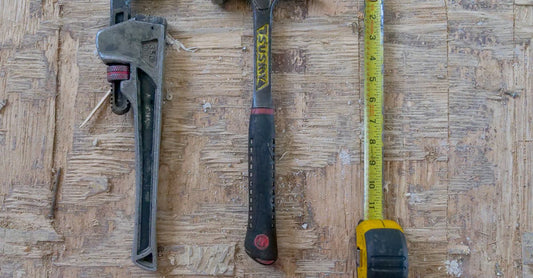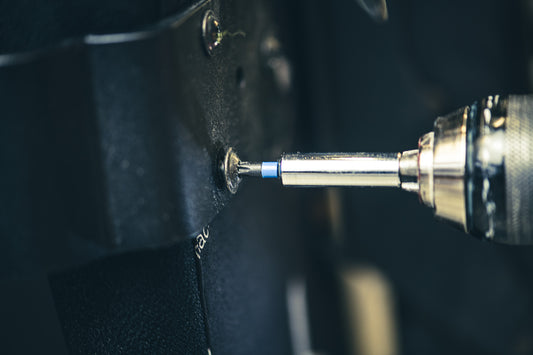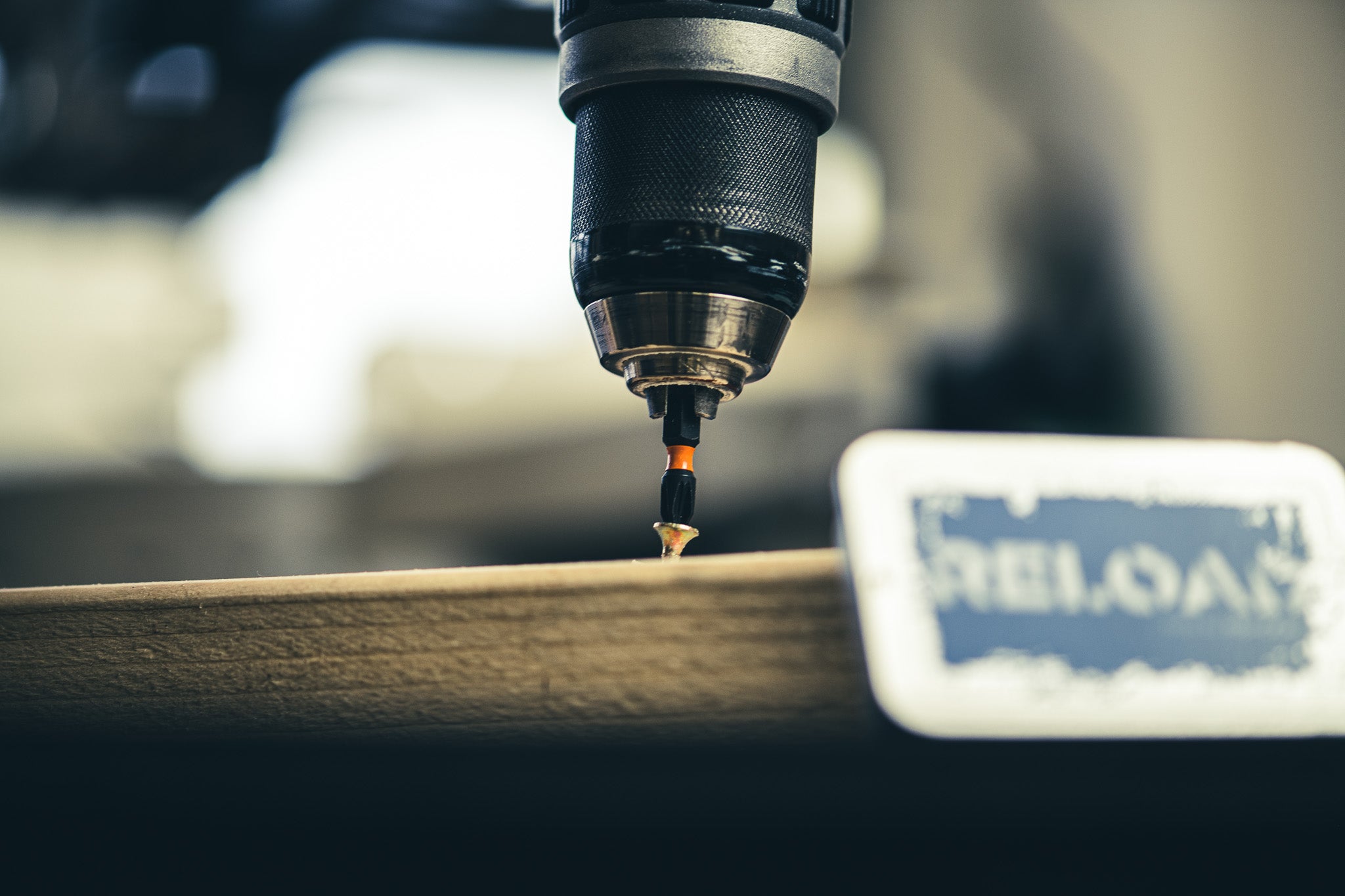kōp ənd stik joi(ə)nt
Cope, Stick, Joint
A joint created by cutting a profile into the end of two pieces of timber and joining them together.
Example usage: 'We need to create a Cope and Stick Joint to join these two pieces of timber together.'
Most used in: Areas with a long history of woodworking and carpentry.
Most used by: Carpenters and woodworking professionals.
Popularity: 8/10
Comedy Value: 3/10
Also see: Mortise and Tenon Joint, Dowel Joint, Rabbet Joint, Tongue and Groove Joint,
What is a Cope and Stick Joint?
A cope and stick joint is a type of joint used in carpentry and joinery. It is used to join two pieces of wood at right angles, creating a corner joint. The joint is made by cutting the ends of two pieces of wood into a special profile. This profile is commonly known as a cope, which is then fitted into a matching profile, or stick, cut into the adjoining piece of wood. This joint is commonly used in the construction of doors and windows.
The cope and stick joint is strong and durable, and provides a tight, neat corner. It is often used when a more decorative finish is needed, such as when making a frame for a picture. Its main advantage over other joints is that it is relatively easy to make. All that is needed is a router or saw and a template to guide the cuts.
In the United States, the cope and stick joint is used in more than half of all carpentry projects. It is a popular choice for both professional and amateur carpenters, as it is quick and easy to make and provides a strong, neat joint. The joint has been used for centuries, and can still be seen in many older buildings.
.The Ancient Origins of the Cope and Stick Joint
The Cope and Stick joint, also known as the cope joint, is a type of woodworking joint used in carpentry since the 16th century. It is used to join two pieces of wood together at an angle, such as the corner of a cabinet or the side of a chair. The joint is formed by cutting a groove along the edge of one piece of wood and then cutting a complementary shape into the other piece of wood.
The term “Cope and Stick” was first used in the 16th century in England and is derived from the Old English words “cop” and “stik”. The word “cop” referred to the cutting of a groove in the wood, while “stik” referred to the cutting of a complementary shape into the other piece of wood. This joint is still widely used in carpentry today and is one of the most common methods of joining wood.
The Cope and Stick joint has been used for centuries and is a testament to the skill and craftsmanship of the carpenters of old. It is a simple but effective joint that is still used in carpentry today, and is sure to remain a staple of the trade for many years to come.




